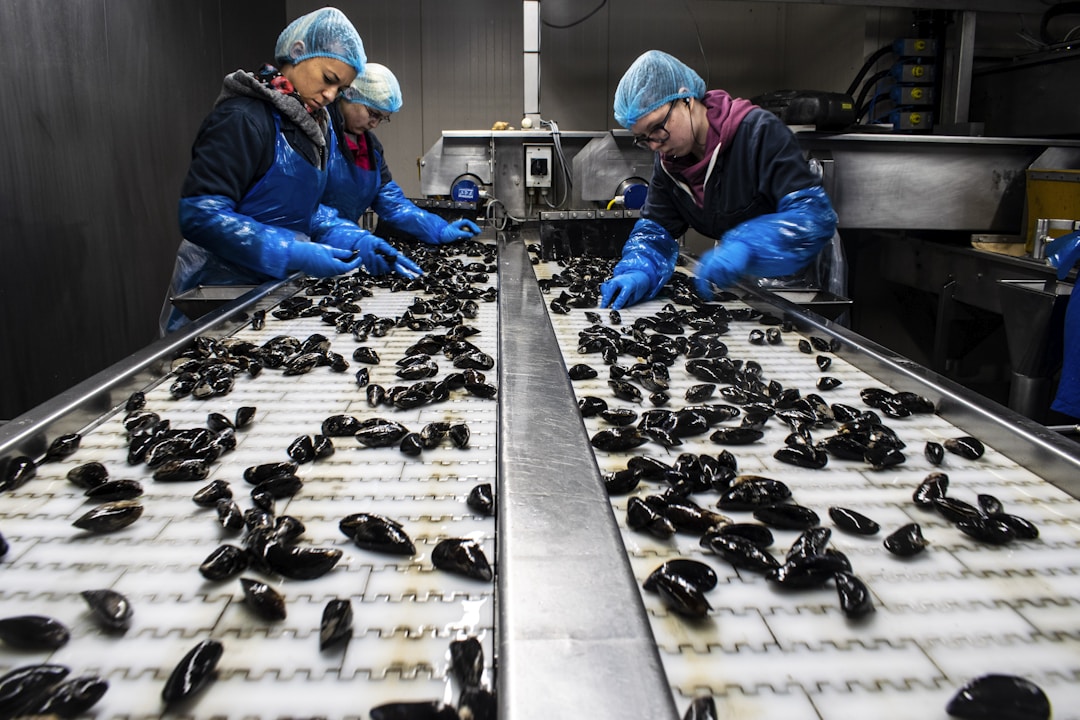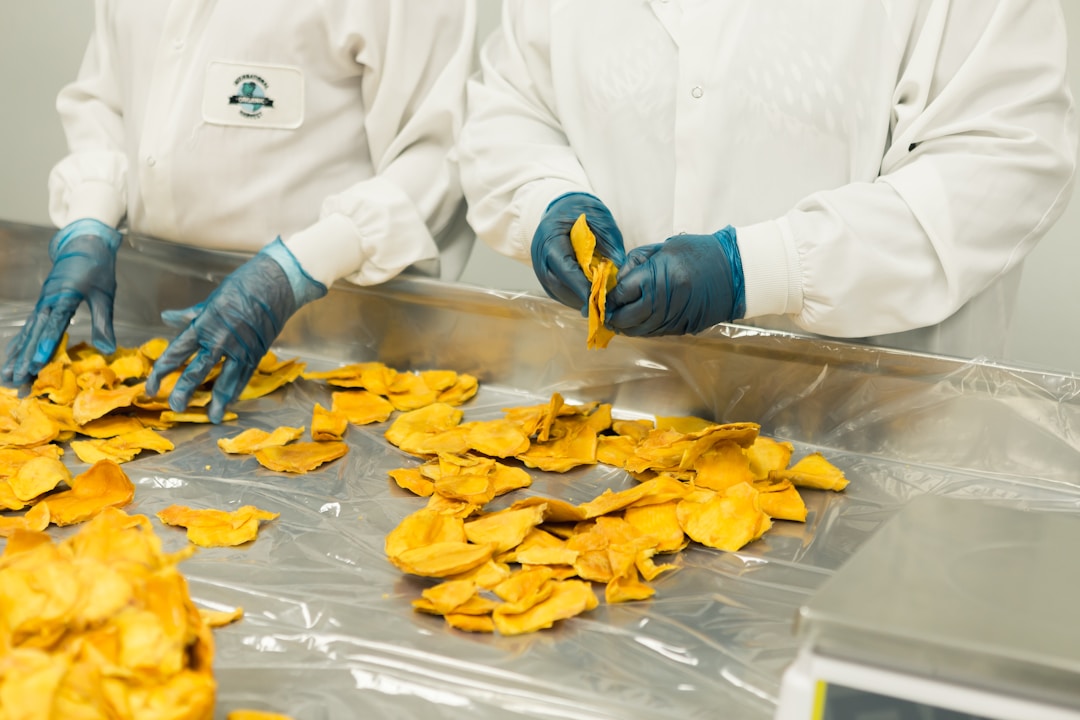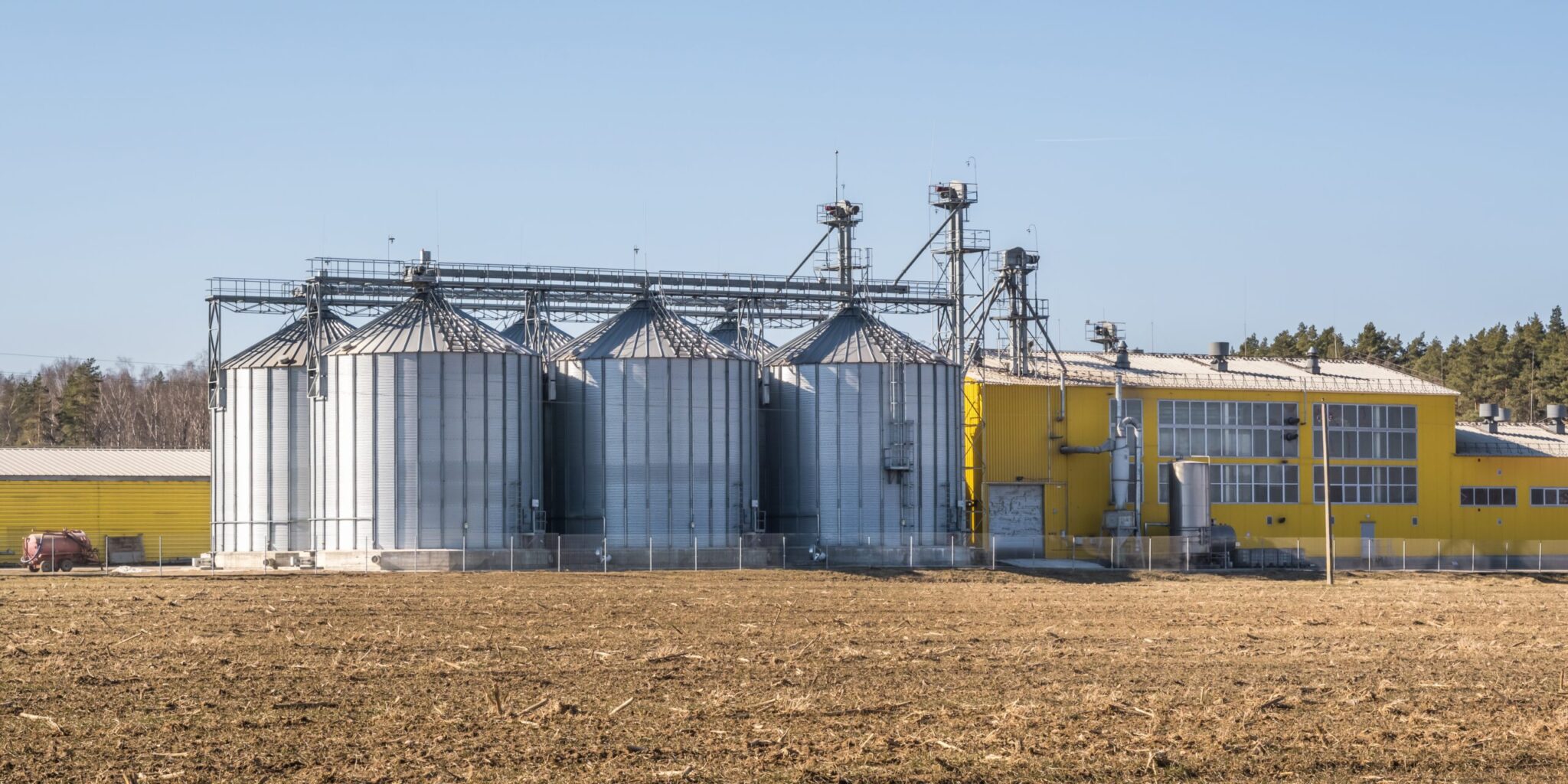The food processing industry is one of the most vital sectors in the global economy, producing a vast array of products ranging from canned goods to frozen vegetables, meats, and dairy items. Starting a food processing plant requires careful planning, significant investment, and attention to detail. Whether you’re considering processing organic produce or specializing in meat products, your plant will play a pivotal role in the food supply chain. Here’s a step-by-step guide to launching a successful food processing plant.
1. Drafting a Comprehensive Business Plan
Your first step should be to draft a detailed business plan. This plan should outline your business goals, target market, competition analysis, funding requirements, and operational plan. Consider factors like the type of food you’ll be processing, the scale of operation, and the geographical reach of your products.
As part of your operational planning, think about the equipment you’ll need. In some cases, a used industrial ice maker might be a more economical choice than buying a new one, especially if you’re starting on a tight budget. Ensuring your products remain fresh during processing and storage is vital, and a reliable ice maker is essential for this process. Your business plan should also detail other equipment, workforce needs, and your plant’s projected output.
2. Selecting the Right Location and Suppliers

Choosing the right location for your food processing plant is crucial. You’ll want a location that is easily accessible to raw material suppliers and has excellent transport links for distribution. It’s also worth considering the proximity to your target market, as this can reduce transportation costs. Additionally, consider areas where you can get tax breaks or incentives for setting up an industrial business.
Once you’ve selected a location, you’ll need to source suppliers for both raw materials and operational needs. For instance, if your plant requires substantial power, securing a diesel fuel supplier in Alberta or wherever your plant is located can ensure you have a consistent energy supply. It’s paramount to establish strong relationships with your suppliers to ensure a steady and uninterrupted flow of materials.
3. Securing Licenses and Certifications
Every country or region has specific regulations and standards for food processing plants. It’s essential to understand and comply with these regulations to ensure the safety and quality of your products. Start by researching the necessary licenses and permits you’ll need, then begin the application process. It might also be worthwhile to get certifications, like organic, halal, or kosher, which can open your products up to niche markets.
4. Implementing Quality Control and Safety Measures
Quality control and safety are paramount in the food processing industry. Before starting operations, you should have a robust quality control system in place. This system should ensure every product that leaves your plant meets the highest standards. Implement regular inspections, both of raw materials and finished products.
In addition, prioritize the safety of your employees. Ensure they receive proper training and that all equipment and facilities meet or exceed safety standards. Establishing a reputation for quality and safety can set your brand apart in the competitive food processing market.
5. Marketing and Distribution Strategies

With everything in place, it’s time to think about how you’ll get your products to consumers. Crafting a comprehensive marketing strategy is crucial. Research your target audience, establish your brand’s voice and identity, and decide on the most effective marketing channels for your products.
Distribution is equally vital. Whether you’re distributing locally or globally, you’ll need to select the right distribution channels, negotiate with distributors, and ensure your products reach retailers in prime condition.
6. Continuous Improvement and Feedback Loop
Once your plant is up and running, the journey doesn’t end. Continuously seek feedback from consumers, retailers, and even your employees. Use this feedback to make improvements and innovate. Staying agile and responsive to market needs can ensure your plant’s long-term success.
Preparing for the Future
Launching a food processing plant is no small feat. It requires dedication, careful planning, and a keen understanding of the industry. By following the steps outlined above and always striving for excellence, you can establish a plant that produces high-quality products, employs many, and contributes significantly to the food supply chain. Always remember to remain adaptive and forward-thinking, preparing your plant not just for today but for the challenges and opportunities of the future.





